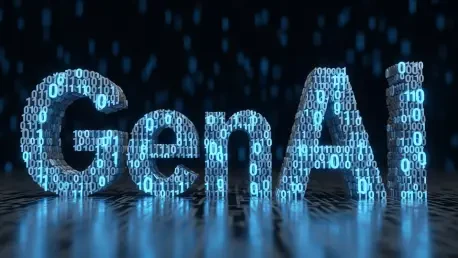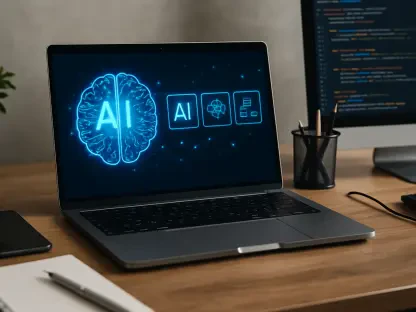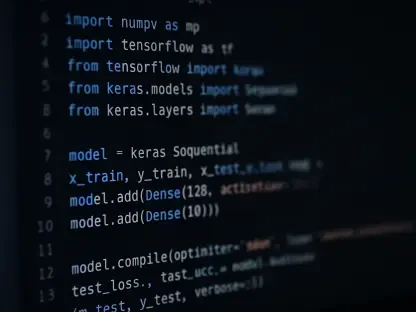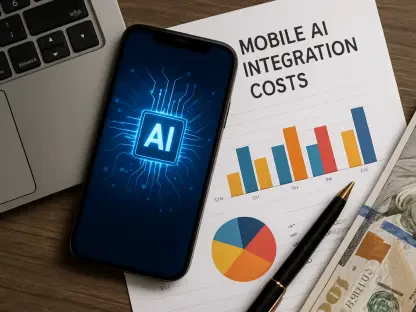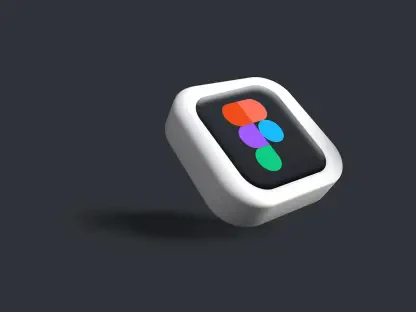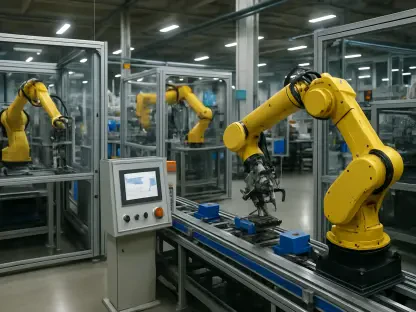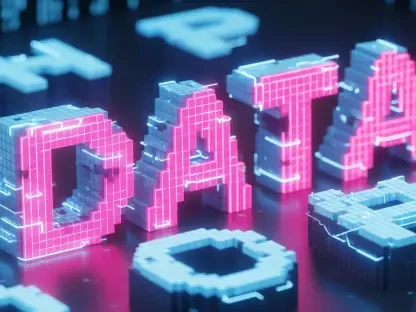Technical documentation has long been a silent cornerstone of software development, yet in 2025, it remains a persistent thorn in the side of DevOps and IT Service Management (ITSM) teams. Picture a developer racing against a deadline, deploying code at lightning speed, only to realize that the user guide is outdated—again. This scenario plays out daily across industries, costing time, money, and sometimes compliance. With software complexity soaring and distributed teams becoming the norm, the struggle to keep manuals, API specs, and architecture diagrams current is more pressing than ever. Enter generative AI (genAI), a technology promising to turn this tedious chore into an automated, dynamic asset. What if the burden of documentation could be lifted, transforming it into a seamless part of the development lifecycle?
Why Technical Documentation Needs a Shake-Up
The world of tech moves fast, but documentation often lags behind, stuck in a cycle of neglect. Developers prioritize coding over updating guides, while budgets rarely allocate resources for what’s seen as a secondary task. The result? Manuals that fail to reflect the latest system updates, leaving new hires confused and operations teams scrambling during crises. Studies indicate that poor documentation contributes to significant delays in onboarding, with some reports estimating a 30% productivity loss in tech teams due to outdated resources. This gap isn’t just an inconvenience—it’s a risk to compliance and system stability in an era of rapid deployments.
Beyond the immediate frustration, the stakes are higher than ever with regulatory demands tightening. Standards like SOC 2 and ISO 27001 require meticulous records, and failing to meet them can lead to audits or penalties. Meanwhile, the rise of microservices and cloud architectures adds layers of complexity, making manual documentation an unsustainable burden. A revolution is overdue, and genAI stands ready to deliver by automating the process and ensuring accuracy where human effort falls short.
The Hidden Costs of Outdated Methods
Traditional documentation practices are riddled with inefficiencies that compound over time. Developers often spend hours crafting detailed guides only for them to become obsolete with the next sprint. This constant churn wastes valuable time—research shows that tech professionals spend up to 20% of their workweek searching for or updating information. In distributed teams, the problem worsens as knowledge silos form, leaving critical system insights undocumented when key personnel depart.
Moreover, the impact extends to end users and stakeholders. Poorly maintained API specs frustrate external developers, while unclear operational procedures can disrupt ITSM workflows, leading to costly downtime. The ripple effect is clear: without reliable documentation, innovation stalls, and customer trust erodes. GenAI offers a lifeline by analyzing codebases and logs in real time, promising to bridge these gaps with minimal human intervention.
How GenAI Is Changing the Game
Generative AI isn’t just a buzzword—it’s a transformative force reshaping how technical documentation is created and consumed. By automating content generation, genAI tools like NotebookLM can produce user guides or feature specs directly from source code, cutting down manual effort by a reported 60% in some early adopter companies. This means developers can focus on innovation while documentation updates itself with each deployment, reflecting the system’s current state.
Beyond automation, customization is a standout feature. GenAI tailors outputs to specific audiences, whether it’s a developer needing granular API details or an auditor seeking compliance reports. This adaptability ensures relevance, making documentation a practical tool rather than a generic dump of information. Additionally, for legacy systems—a notorious pain point—genAI summarizes undocumented code, extracting processes from metadata to support modernization efforts, as seen in projects aligning with stringent compliance standards.
Perhaps most striking is the shift to dynamic knowledge. Large language models (LLMs) pull insights from runtime data or support tickets, delivering context-aware answers on demand. Static PDFs are becoming relics as companies integrate genAI with platforms like ServiceNow, enabling real-time operational guidance. This evolution not only saves time but also boosts accuracy across DevOps and ITSM environments.
Voices from the Trenches
Industry leaders are already witnessing genAI’s impact on documentation and aren’t shy about their optimism. Erik Troan, CTO at Pendo, emphasizes the potential for integration, stating, “Documentation can evolve alongside the product, reducing friction for users through AI-driven updates.” His perspective highlights a growing belief that documentation should be a living part of software, not an afterthought.
Dominick Profico, CTO at Bridgenext, takes it a step further with a bold vision: “Traditional documentation will vanish as LLMs generate knowledge instantly.” On the ground, Armando Franco from TEKsystems points to practical wins, noting how genAI automates OpenAPI specs for microservices, streamlining collaboration. Sanjay Gidwani of Copado adds weight by detailing its role in decoding legacy systems, a critical need for compliance. These insights, backed by real-world adoption in tools like Datadog, paint a compelling picture of a field in rapid transformation.
Practical Steps to Harness GenAI
For organizations ready to embrace this shift, integrating genAI into documentation workflows offers tangible benefits. Start by embedding AI tools into development platforms like Microsoft Teams or Atlassian Confluence to auto-generate specs as code is written. Setting triggers for updates with each deployment ensures that guides remain current without extra effort, aligning seamlessly with agile practices.
Targeting specific areas like API and data documentation can yield quick wins. Using genAI to create OpenAPI specifications or data lineage diagrams from code and SQL scripts enhances accessibility for external teams. Hosting these on platforms like Postman keeps them usable and relevant. For operations, transforming logs into living knowledge bases with tools like Splunk, paired with visualization aids like Lucidchart, empowers ITSM teams to navigate complex workflows effortlessly.
Addressing legacy challenges and supporting AI agents are equally critical. Deploying genAI to summarize undocumented codebases tackles compliance risks, while feeding detailed records—such as README files or coding standards—to AI coding assistants improves their output accuracy. Regularly refreshing this content through automated summaries ensures sustained value, turning documentation into a strategic asset across the board.
Reflecting on a Transformed Landscape
Looking back, the journey of technical documentation has been one of persistent struggle, marked by outdated guides and frustrated teams. GenAI has emerged as a powerful ally, automating tedious tasks, customizing content for diverse needs, and breathing life into legacy systems. The voices of industry leaders echo a shared confidence in this technology’s ability to redefine how knowledge is captured and shared in tech environments.
As organizations move forward, the next steps center on strategic adoption—integrating genAI into existing workflows, prioritizing high-impact areas like APIs and operations, and maintaining a balance of depth and practicality in outputs. The focus has shifted to building documentation that not only serves human stakeholders but also empowers AI systems for greater efficiency. Embracing these tools promises a future where documentation ceases to be a burden, instead becoming a dynamic enabler of innovation and compliance in an ever-evolving digital world.
